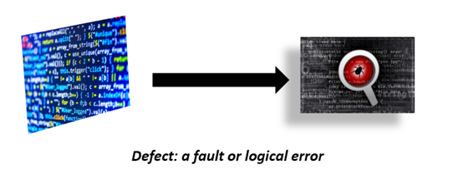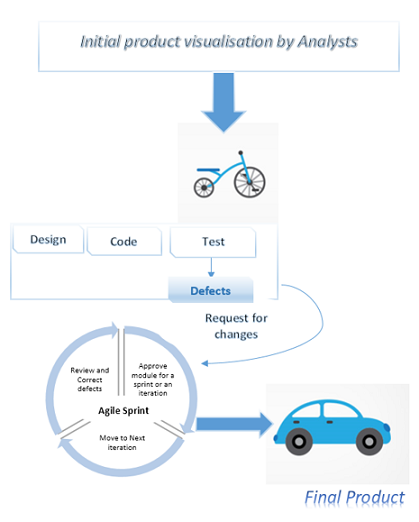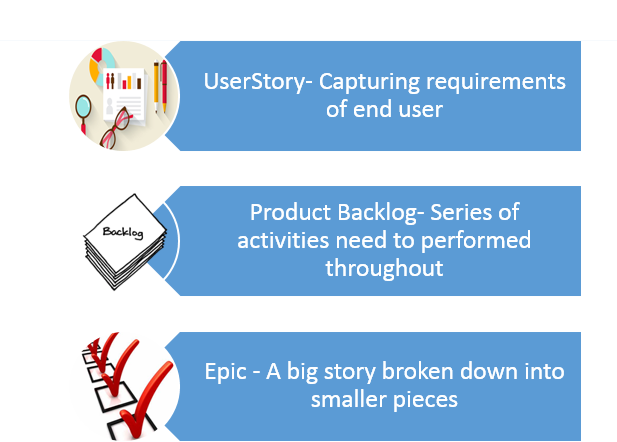

Defect management is an important aspect of an application. Defect Management is a crucial step towards an accomplished project thereby ensuring that the right thing is delivered at the right time.
We resort to scrum or Kanban approach for managing defects in an agile framework, which requires recording everything in the product backlog.The product backlog acts as a summary of the complete set of activities that need to be performed. The backlog is a result of the sum of efforts put in by developers along with the set of requirements which leads to an estimation of the tasks to be performed on a priority basis.
Thus the process of defect management is a meticulous activity that demands careful consideration of requirement specifications as when a defect is caught it must be handled in order to be able to find the root cause of a given problem.
A defect in a software application can be defined as an erroneous output, a failure or a fault that makes the system terminate abnormally or may behave in a way least expected.

While in the mid of a certain sprint along with working on a product backlog we may just discover the fact the task cannot be completed due to a certain unmatched acceptance criteria. Due to that we aren't in a position to complete the ongoing process.
Detecting a defect during production stage is more expensive than found at earlier stages of the development cycle. Therefore development teams resort to 'agile' methodology in order to reduce cost and deal with defects with a lot of ease.
In an agile approach towards defect management, few points should be worth consideration:
By using an effective defect tracking system, we have the following advantages:

Defect Management through Kanban:
Progress of a project is organised with the help of a board which enlists the amount of work completed so far and the portion remaining. The Kanban technique defines a 'Work-in-Progress' limit by segmenting the board into columns, such as - backlog, In-progress, blocked, done. Each task has to pass through these columns to ensure that the project is finally heading towards final accomplishment.
Developers work on developing an application there could be a request for some changes in the current application functionality or some feature of the same. An error or issue could be found at any stages - development, testing or code review. The defects are then mapped to the earlier working stage depending upon the state in which it was captured. Such defective piece of code must be rectified first to move on to the next stages.

Image source:https://www.linkedin.com/pulse/using-leankanban-boards-improve-resource-allocation-cronin-pmp
The defect management process in Kanban thus proceeds in the following manner:
Few terms associated with defect management using Kanban are as follows:

The above terms form an integral part of managing defects in the system. We come across such a scenario in case there is any one of the following -
Advertisement: